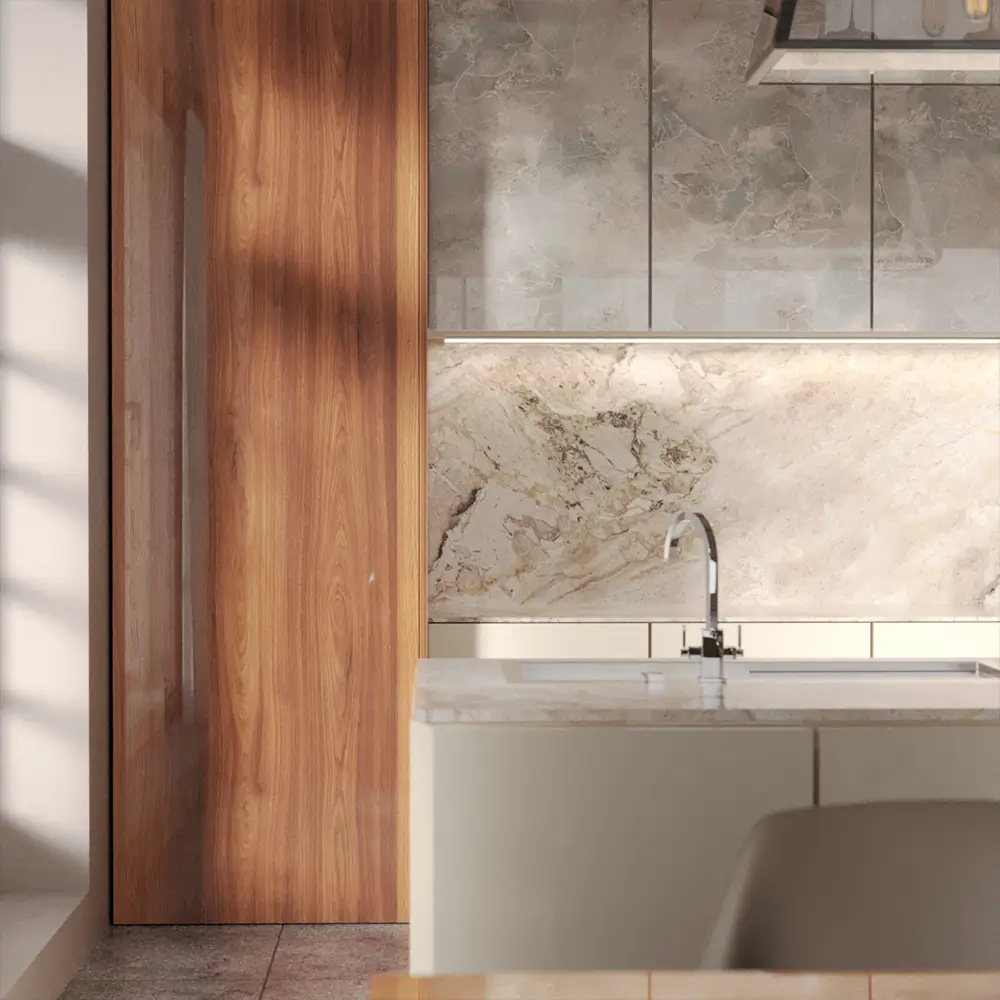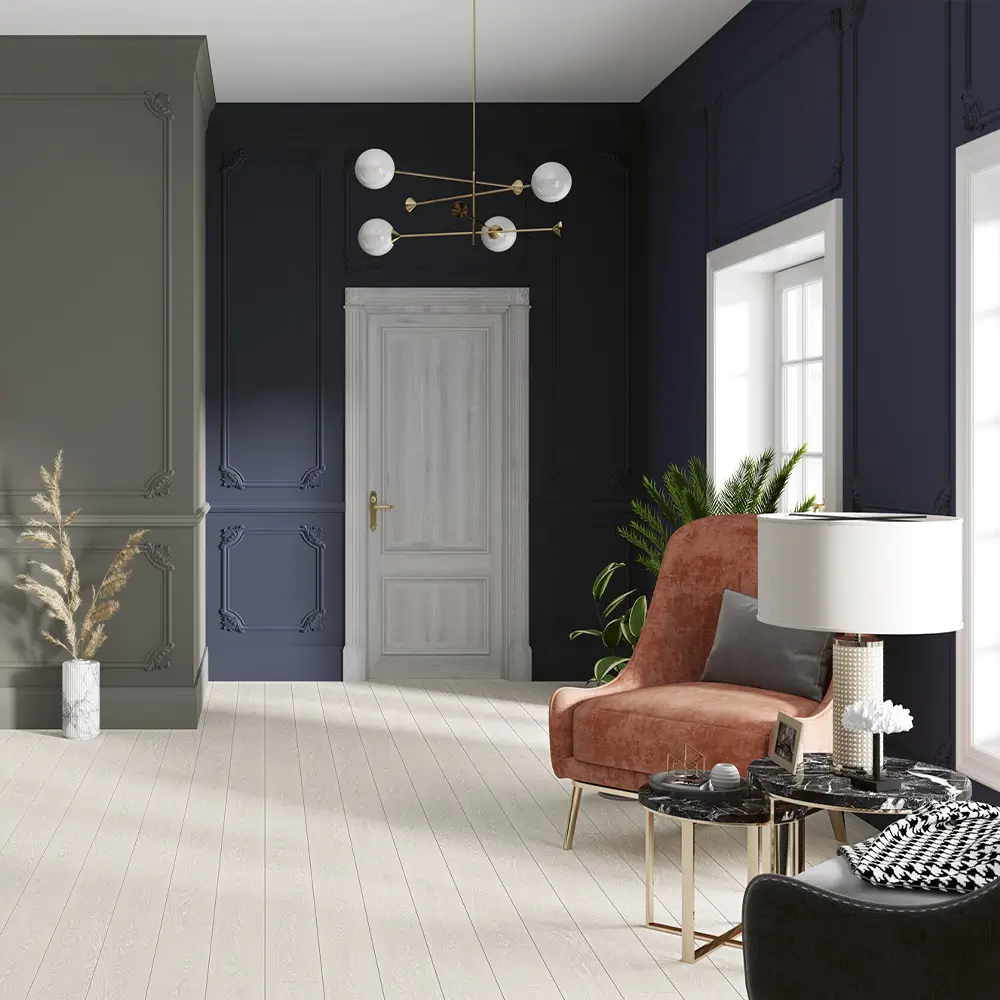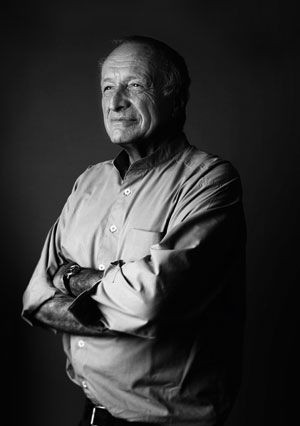
Category
inspiring ideas
inspiring ideas
Beyond Time: Richard Rogers
Having produced groundbreaking works, Richard Rogers has an unshakable place among the architects who have shaped the 20th and 21st centuries. Having announced in September 2020 that he retired from Rogers Stirk Harbour + Partners which he founded 43 years ago, the architect is also one of the first names that put architecture on the agenda of politics with his political discourse on the phenomenon of urbanization.
Born in Italy in 1933, Rogers’ architectural career dates back to his architectural education firstly at the AA (Architectural Association) in England and then at Yale University in the USA. After graduation, Rogers established his first partnership with Team 4 which he set up with his first wife Sue, Normal and Wendy Foster, and his second partnership with the Italian architect - last month’s guest of our Chasing the Tree the Architect column - Renzo Piano under the name of Piano+Rogers Architects in 1970. Although the Georges Pompideu Center which he designed with him was regarded by traditionalists as an ugly building spoiling the silhouette of Paris in the ‘70s; it has already proven how successful it is from both technical and conceptual aspects, by maintaining its up-to-date position.
Expressionist Lloyd’s Building
Having established Richard Rogers Partnership after completion of the Georges Pompideu Center constituting a turning point both in his career and in the history of architecture, Rogers continues to create reactions all around the world. For example, the Lloyd’s building in London (1978-1986), which he won as a result of a competition, is not merely an urban groundbreaking building, and it also symbolizes Rogers’ architectural expressionism. Although there are obvious similarities to his former projects, Rogers sets off with an idea of a building adapting to the visual texture of the city rather than standing out as an appurtenance completely foreign to its surroundings. Stairs, elevators, and other services are again carried from the interior to the exterior of the building, and are expressed with towers and chimneys on the exterior façade. As with Louis Kahn’s architectural approach dividing buildings into ‘served and servant spaces’...
With its Prefabricated “Tree” and Bamboo Roof: Madrid Barajas Terminal 4
The Madrid Barajas Airport-Terminal 4 (1997-2010) also repeats Rogers’ principles such as “machine-building phenomenon, architectural transparency, communication between public and private spaces, and user-focused flexible floor plans”. Offering a functional and comfortable space for passengers, the terminal building has been handled with a holistic approach, considering the urban and architectural dimensions, human scale, and environmental impacts.
One of the most important characteristics of this terminal project is that the airport can be an integrated part of the urban texture with its architecture, beyond merely being a service area serving the air traffic. The easily legible architectural solution facilitating the travel process of passengers separates different functional areas and modules in the main building, thus clarifying successive processes. The legible, modular design of the building creates cascading waves comprising broad prefabricated steel wings. The large roof supported with ‘trees’ at the center allows the space to make use of the natural light as much as possible. The light-filled ‘canyons’, a simple palette of materials and details define the character of the architecture. The bamboo strips used in the interior part give a smooth and uninterrupted appearance to the undulating roof carried by steel trees.
Having provided consultancy services in the planning departments of various state institutions since 1998, the architect has also become an influential name with his political views. In 1999, Richard Rogers acting as the chairman of the Urban Task Force ignited the urban renaissance by writing the report entitled ‘Towards an Urban Renaissance"; and with the support of the British New Labour Party, he realized sustainable urban transformation projects, arguing that walkable and sustainable cities and suburbs should become widespread, which include, inter alia, the following: Manhattan East River Waterfront, a masterplan project with a mixed structure in Seoul, the Convoys Wharf on the banks of the River Thames (2002-2005) and the urban surroundings of the Wembly Stadium located in West London (2002-2005), quay refurbishment in Lisbon Almada (2002-2010), Potsdamer Platz in Berlin (1991), Piana di Castello near Florence (1995), and Pudong peninsula in Shanghai (1992-1994). Roger’s architectural approach that became symbolized with the Millennium Dome he designed in Greenwich (1996-1999) can also be seen in the recent period projects such as the 71-floor World Trade Center building for New York City and Tokyo Nippon TV Headquarters.
Rogers received many awards, including the Praemium Imperiale given by the Japan Art Association (2000), the Stirling Prize that he received for the use of light in the Madrid Barajas project (2006), the Pritzker Architecture Prize (2007), and the American Institute of Architects Gold Medal (2019); and Rogers’ greatest contribution to architecture is not only creating a technological outlook as in Pompidou, but also emphasizing the social and urban dimensions of architecture; i.e., revealing the ingenious synthesis of detail and structure.


